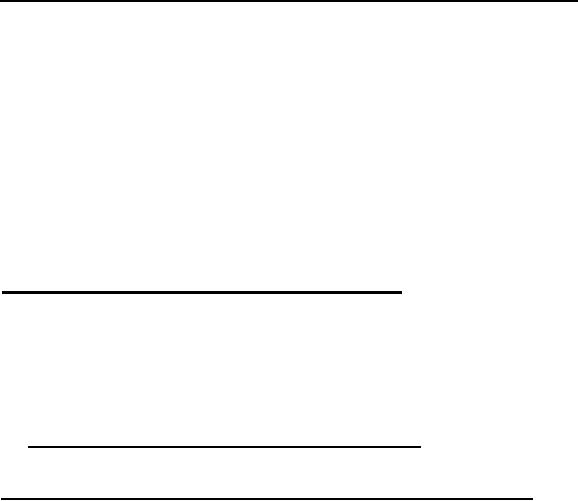 |
|||
|
Page Title:
Contrast transfer on and off-axis, eyepiece and erecting system |
|
||
| ||||||||||
|
|  MIL-P-63332(AR)
and slit translated off-axis to he left from on-axis. Translate the micro-
scope objective and slit downward from on-axis and repeat the measurements,
calculations, and recording for both vertical lines and horizontal lines.
Contrast transfer off-axis values shall conform to the requirements specified
in 3.10.1.1b (see 4.6.8.1 NOTE).
4.6.8.3 Contrast transfer on and off-axis, eyepiece and erecting system.
Perform this test using a 2870 + 100K light source, diffuse screen, fre-
quency pattern (see Figure 1), collimator, an eye corrected photo-detector
with slit (see Figure 5), an an "X-Y" recorder set up and oriented as in
Figure 6. An appropriate adapter shall be utilized to position the photo-
detector in the tube caivty of the periscope. Set the eyepiece of the
periscope to zero diopters. Perform this test using the test method and
procedures specified in 4.6.8.1 and 4.6.8.2. Measure, calculate, and record
the on-axis contrast transfer values for both vertical lines and horizontal
lines. Measure, calculate, and record the off-axis contrast transfer values-
for the vertical lines with the microscope objective and slit translate off
axis to the right from on-axis. Translate the microscope objective and slit
upward and repeat the measurements, calculations, and recording for both ver-
tical lines and horizontal lines. Contrast transfer on-axis and off-axis
shall conform to the applicable requirements specified in 3.10.1.2a and
3.10.l.2b (see 4.6.8.1 NOTE).
4.6.8.4 Luminous transmittance of objective system. A diffuse surface
with a luminanc of not less than 100 foot lamberts shall be positioned at the
image plane of the objective system (image tube cavity) of the periscope. The
light source shall be from a 2870 + 100% tungsten lamp (see Figure 12).
The entire entrance pupil of the head assembly shall be scanned with an eye
corrected photometer. The luminous transmittance of the image, measured at
the entrance pupil at any point, shall be not less than the value specified in
3.10.2.1a. Percentage of transmission shall be defined as:
Apparent luminance as seen thru periscope x 100%
Luminance of target
4.6.8.5 Luminous transmittance at 0.85 micron of objective system. Per-
form this test in sequence test in 4.6.8.4. This test may be performed
with either an image forming radiometer used at a controlled distance. The
radiometer shall be filtered for 0.85 micron. The filter utilized with the
radiometer shall have a peak transmission of not less than 30% at 0.85 micron,
and shall have a band width of +0.10 - 0.01 micron at 1/3 of peak. When an
image forming radiometer (detector assembly) is used, the test may be per-
formed in either direction, that is, with the light source outside the peri-
scope and the detector assembly in the tube cavity, or with the light source
in the tube cavity and the detector assembly outside the periscope. In either
case extreme care must be taken to assure that the detector assembly reads
exactly the same angle when measuring the periscope objective system as when
being calibrated at 100%. When a non-image forming detector is used in the
tube cavity it must be capable of measuring all the energy which enters the
periscope objective system and all the energy which reaches the tube cavity.
The measurd transmittance at 0.85 micron shall not be less than the value
specified in 3.10.2.1b.
25
|
|
Privacy Statement - Press Release - Copyright Information. - Contact Us |